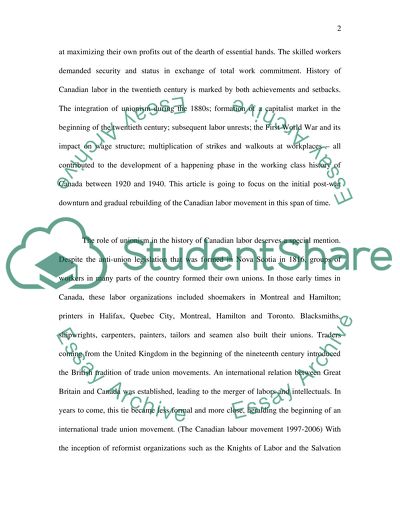Cite this document
(“History of Canadian Labour Essay Example | Topics and Well Written Essays - 2500 words”, n.d.)
History of Canadian Labour Essay Example | Topics and Well Written Essays - 2500 words. Retrieved from https://studentshare.org/history/1520373-history-of-canadian-labour-essay
History of Canadian Labour Essay Example | Topics and Well Written Essays - 2500 words. Retrieved from https://studentshare.org/history/1520373-history-of-canadian-labour-essay
(History of Canadian Labour Essay Example | Topics and Well Written Essays - 2500 Words)
History of Canadian Labour Essay Example | Topics and Well Written Essays - 2500 Words. https://studentshare.org/history/1520373-history-of-canadian-labour-essay.
History of Canadian Labour Essay Example | Topics and Well Written Essays - 2500 Words. https://studentshare.org/history/1520373-history-of-canadian-labour-essay.
“History of Canadian Labour Essay Example | Topics and Well Written Essays - 2500 Words”, n.d. https://studentshare.org/history/1520373-history-of-canadian-labour-essay.


